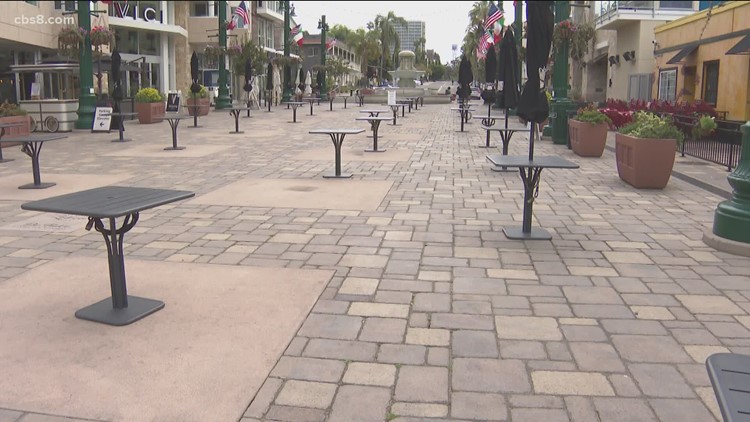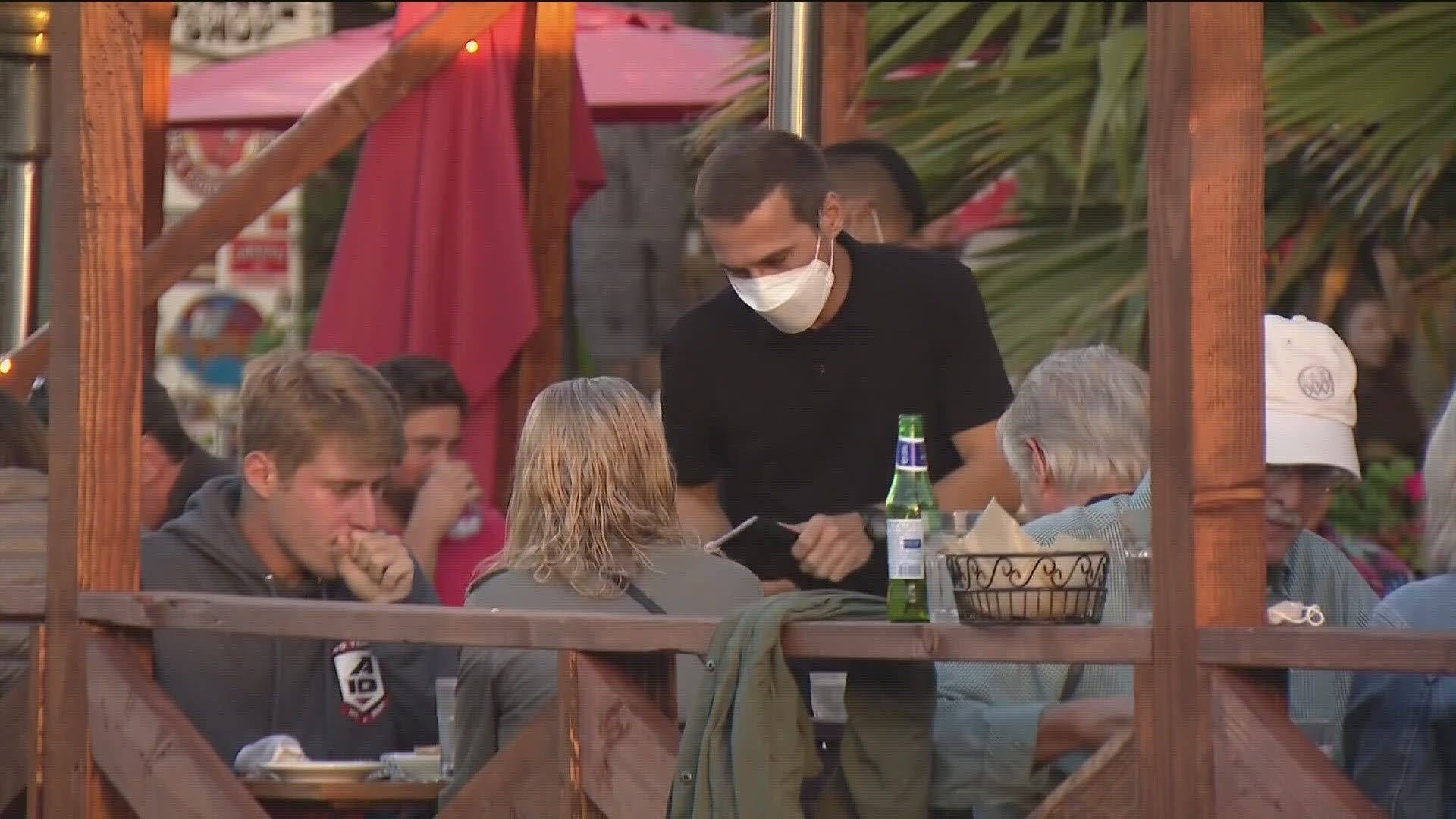SACRAMENTO, Calif. — Governor Newsom addressed Californians in a media briefing on Tuesday where he broke down four phases of reopening California’s businesses and economy.
Before diving into the four phases, the governor said, "We believe we are weeks not months away from making meaningful modifications."
Phase One
Phase one is the phase we are currently are in. This phase is all about safety and preparedness. The governor said the state will continue to build out testing, contact tracing, PPE, and hospital surge capacity. The state also urged businesses to prepare to make essential workplaces as safe as possible. Some examples that were given included: physical and workflow adaption, an essential workforce safety net in case workers get sick, and make PPE more widely available.
Phase Two
The governor said the state is weeks away from transitioning to phase 2 which will allow the slow reopening of schools, childcare facilities, and lower risk workplaces. These workplaces include retail stores, manufacturing, offices (when telework is not available), and opening more public spaces.
The state is already starting to think about how to reopen schools. Newsom added that summer programs could be available, and districts are discussing starting school earlier, either in July or August. This would allow schools to address learning gaps that opened when schools shut down and went to distance learning in April.
When asked about what would need to be done to advance from stage one to stage two, Newsom gave actions that will need to be taken by the government, businesses, and individuals.
Government actions
- Policies that allow people to stay at home when they are sick
- Guidance provided on how to reduce risk
Business actions
- Wage replacement so workers can stay home when sick
- Implement adaptations to lower-risk workplaces NOW
- Employees continue to work from home when possible
Individual actions
- Safety precautions, physical distancing, face coverings, etc.
- Avoid all non-essential travel
- Support and care for people who are at high risk
When addressing when the state will be ready for phase 2, the governor said "weeks, not months," and had a list of things he will be looking for. Those things included: hospitalization and ICU trends stabilize, hospital surge capacity is available to meet demand, sufficient PPE supply is available, sufficient testing is available, and contact tracing is available statewide.
Phase Three
Phase three, which the governor said is “months, not weeks away,” will include the opening of higher-risk workplaces. These include personal care places (hair and nail salons), entertainment venues (movie theaters, sporting events without live spectators), and in-person religious services such as churches and weddings.
Phase Four
Phase four is the final phase which would be the end of the stay-at-home order. This would allow the reopening of the highest workplaces such as concert venues, convention centers, and sports with live spectators.
View all News 8 coverage of coronavirus / COVID-19
News 8 has joined forces with The San Diego Foundation to raise immediate, emergency funds for our most vulnerable neighbors in need. Here is how you can help.
We also have a Frequently Asked Questions page we will continue updating with the latest information and reports.
Click here to watch "Facts Not Fear," a News 8 Special on coronavirus from March 26, 2020.
BACKGROUND
According to the CDC, coronavirus (COVID-19) is a family of viruses that is spreadable from person to person. Coronavirus is believed to have been first detected in a seafood market in Wuhan, China in December 2019. If someone is sick with coronavirus, the symptoms they may show include mild to severe respiratory illness, cough, and difficulty breathing.
Currently, there is no vaccine, however, the CDC suggests the following precautions, as with any other respiratory illness:
Know how it spreads
There is no vaccine
The best way to prevent illness is to avoid being exposed to the virus
It is thought to spread mainly from person-person between people in close contact
And believed to be spread by respiratory droplets produced when an infected person coughs or sneezes
Protect yourself
Wash your hands with soap and water for a minimum of 20 seconds
If soap and water aren't available, use hand sanitizer that contains at least 60% alcohol
Avoid touching your eyes, nose, and mouth
Avoid close contact with people who are sick
Put distance between yourselves and others
Protect others
Stay home when you are sick
Wear a facemask if you are sick
Cover your cough or sneeze with a tissue, then throw the tissue in the trash
If you don't have tissue, cough or sneeze into the inside of your elbow
Immediately wash your hands after coughing and sneezing
Clean and disinfect frequently touched objects and surfaces using a regular household cleaning spray or wipe
You can find information on disinfecting and cleaning on the CDC's How to Protect Yourself page.
The California Department of Public Health has issued guidance on the use of cloth face coverings to protect against the spread of the novel coronavirus COVID-19.
The County of San Diego has made face coverings mandatory for those working with the public including grocery stores, pharmacies, gas stations, convenience stores, and similar businesses.
While officials say these face coverings are not a substitute for practices like social distancing and handwashing, there is evidence to suggest that the use of cloth face coverings by the public during a pandemic could help reduce disease transmission. Officials do not recommend the public use N-95 or surgical masks which are needed by health care workers and first responders.




